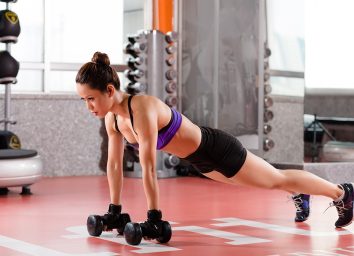7 Ways Make Your Workout 500% More Effective
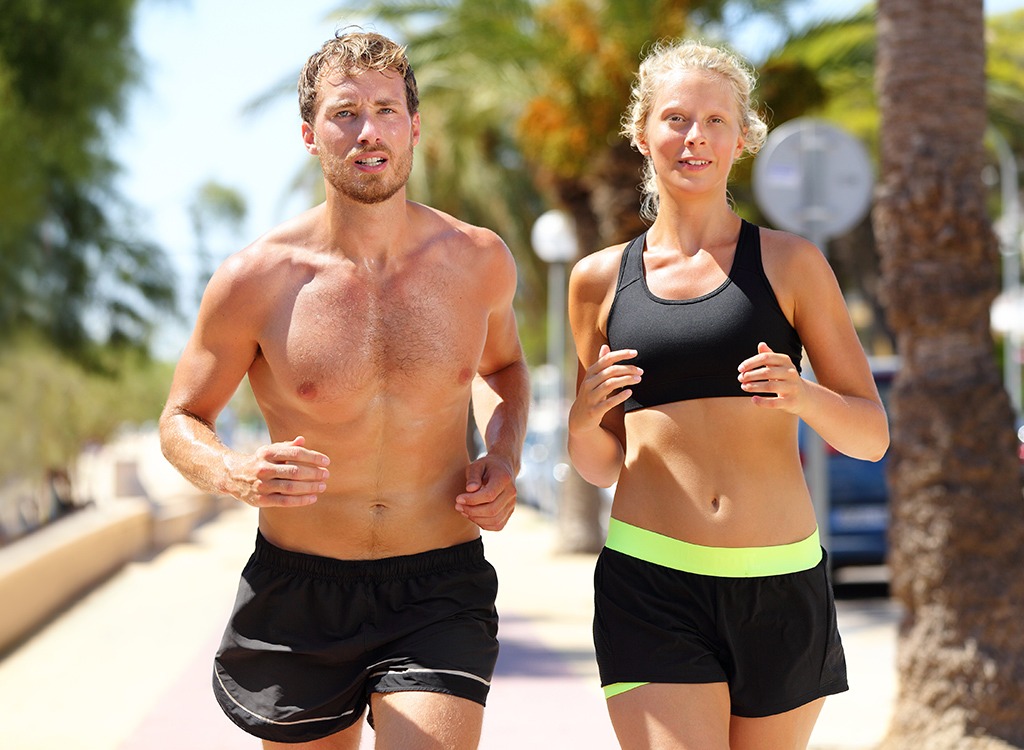
You’re serious about looking and feeling great. You’re determined to make your workouts count. You load up a carefully curated playlist, fight your busy schedule to get to the gym, and resist every urge to skip those one or two exercises you never seem to find comfortable. Well done! But an optimal workout doesn’t end there.
Knowing when and how to fuel your body to meet your fitness goals is the most important thing you can do for your workouts beyond showing up at the gym. With the help of nutrition experts, we created a list of five rules you should follow to exponentially improve your results.
Run Hungry…

Whether we want to bulk up or slim down in the gym, looking leaner is a nearly universal goal. According to holistic health coach Seth Santoro, the best strategy for lowering body-fat percentage is to work out soon after waking up. “Hit the gym and do some treadmill sprints on an empty stomach to burn fat,” he says. “Your body is already in a calorie deficit, and it will ignite your body’s fat-burning ability.” Glycogen levels are depleted during sleep, so your body will utilize body fat as an energy source.
…But Fuel Your Muscles to Give Them a Lift
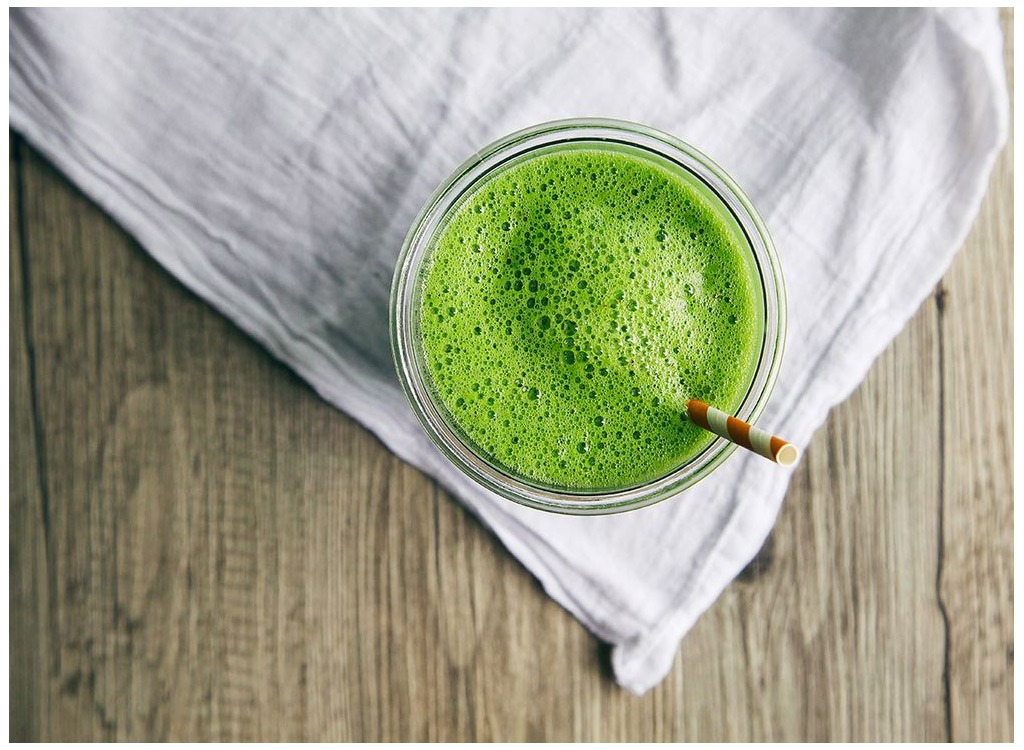
Although doing cardio in a fasted state is a good plan for burning fat and improving insulin sensitivity, you should pre-fuel before a weight workout. While you can huff along on a treadmill depleted, your body needs energy to get through a more intense session. Leah Kaufman, MS, RD, CDN recommends eating 30 grams of carbohydrates before a workout. That’s about the amount you’d find in a large banana. “Without carbs, you’ll get tired in the middle of your workout, and it won’t be as effective,” she says.
For a workout requiring lots of energy, Kaufman suggests eating whole-grain pancakes three to four hours before your workout, and bananas, a fruit smoothie, or oats half an hour beforehand. Santoro recommends protein for pre-workout fueling. “Because you’ll only have 30 to 60 minutes to digest your food, drink a fast-acting protein like whey isolate that’s easily absorbed into your body,” he says, adding that egg whites are a good substitute. For more ideas, check out our list of the 29 Best High-Protein Foods for Weight Loss!
Stay Away from Sports Drinks
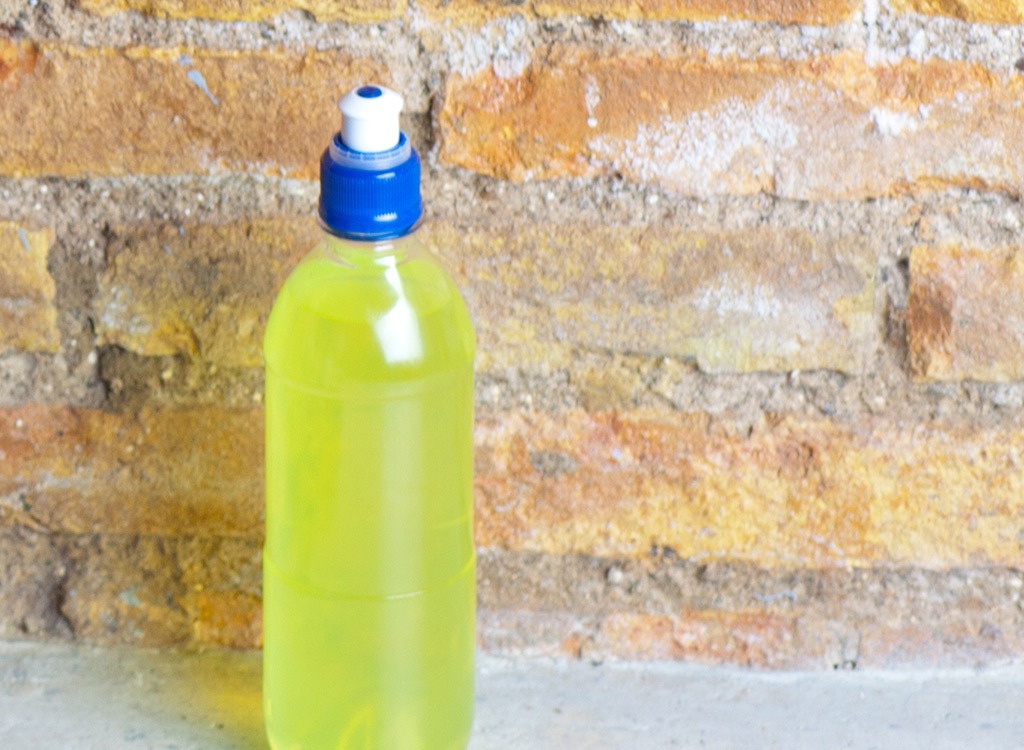
Ever see someone consuming a Gatorade after a leisurely stroll or Vitaminwater after a short bike ride? They’re doing it wrong. “Many people feel they need these sugar-dense drinks after short workouts,” says Kaufman. “The truth is, these drinks often have more calories in them than what’s actually being burned off.” Her advice is not to consume such drinks unless you work out with an elevated heart rate for at least an hour. “Oftentimes these drinks are needed due to the risk of dehydration,” she says, but cautions that if you’re working out in mild temperatures or for less than an hour, they’re largely unnecessary. She maintains that it’s best to drink water to ensure you’re not consuming more calories than are being burned off. Or go for one of these Healthy Sports Drinks for Weight Loss.
Remember to Refuel
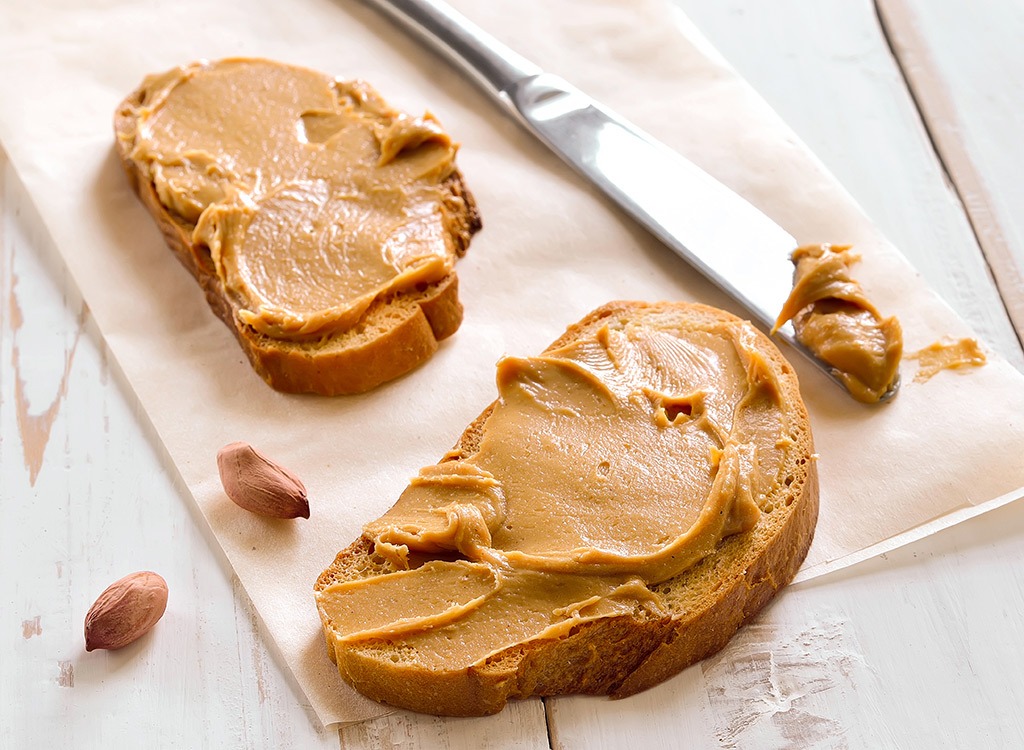
“Post-workout nutrition is crucial to any fitness goals,” says Santoro, who maintains that pre- and post-workout nutrition are the two most important meals of your day. Why is it so important to refuel your body immediately after a workout? It helps replenish glycogen levels, decrease protein breakdown, and increase protein synthesis and the ability to build muscle. “Immediately following a weight-training exercise is when your body utilizes protein at its best,” says Kaufman. She recommends following resistance-training exercise with an egg-white omelet or Greek yogurt. “I always tell my patients to consume at least 10 to 20 grams of protein after a weight-training regimen,” she says.
Don’t Out-eat What You Burned
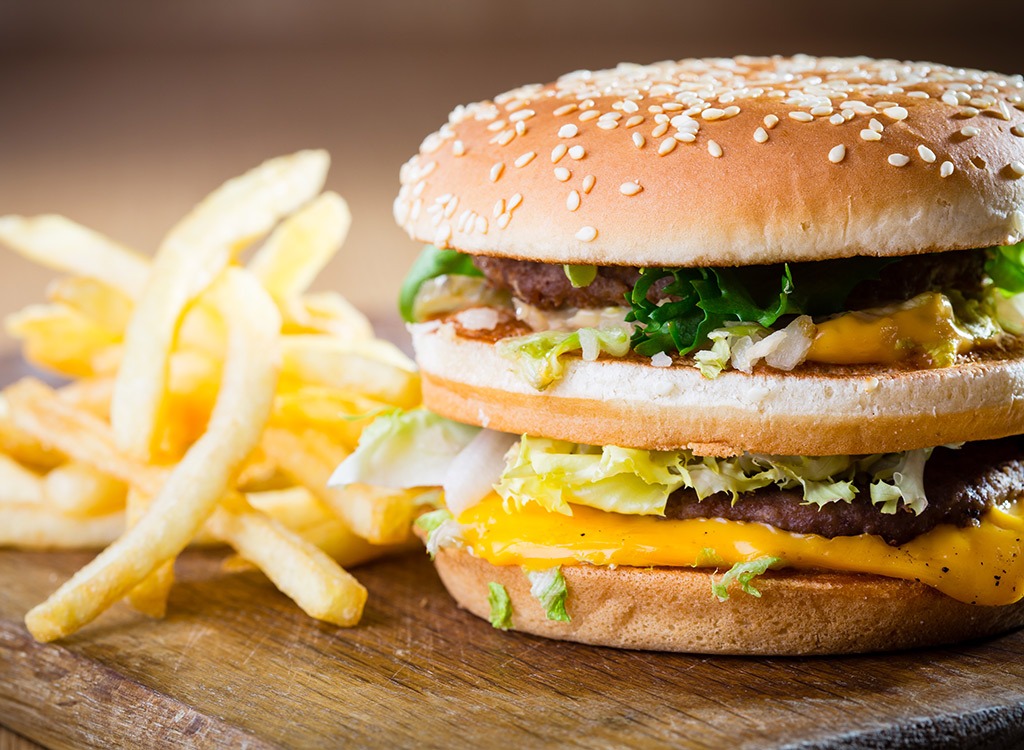
A whopping 70 to 75 percent of the calories we expend each day is needed for our “basal metabolic functions:” Everything from keeping your heart beating to making your fingernails grow. When we exert a lot of extra energy in the gym, our bodies call out for more fuel with hunger pangs and a rumbling belly. At this point, people tend to undermine their efforts with a superfluous amount of food, says Lisa Jubilee, MS, CDN. “When exercise-induced hunger sets in, only increase your calorie intake up to 20 to 30 percent of what your calorie tracker says you burned,” she says. Jubilee reminds us that we would have naturally burned a percentage of those calorie anyway, just sitting around. For some post-workout fuel that won’t break your calorie bank, see our list of Fitness Experts’ Go-To Post-Workout Snacks!
Now that you know how to triple your workout results, read on to find out the mistakes you need to break during your next gym visit.
You Don’t Fuel Your Workout Properly
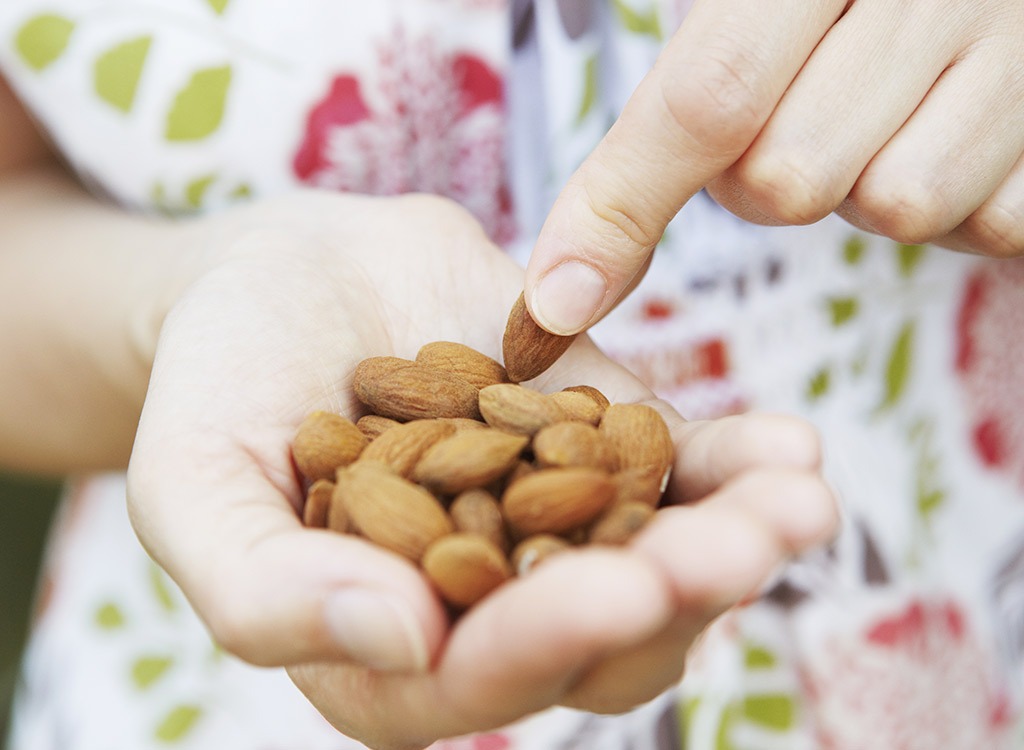
You likely already know that what you put in your mouth before hitting the gym can help ward off fatigue, but did you know that certain foods can actually make your workout less effective? Fatty foods like nuts and avocados take a long time to digest, so if you work out soon after eating them, you’re making your body compete with itself for blood supply. This can result in diminished exercise performance and workout-ending muscle cramps. Another pre-workout dietary no-no is not eating enough carbs. Taking in too little of the nutrient makes it near impossible to make it through a long, intense, calorie-blasting workout. So what should you eat? Check out The Best Fuel For Every Workout to find out.
Your Cardio Plan is Out of Whack
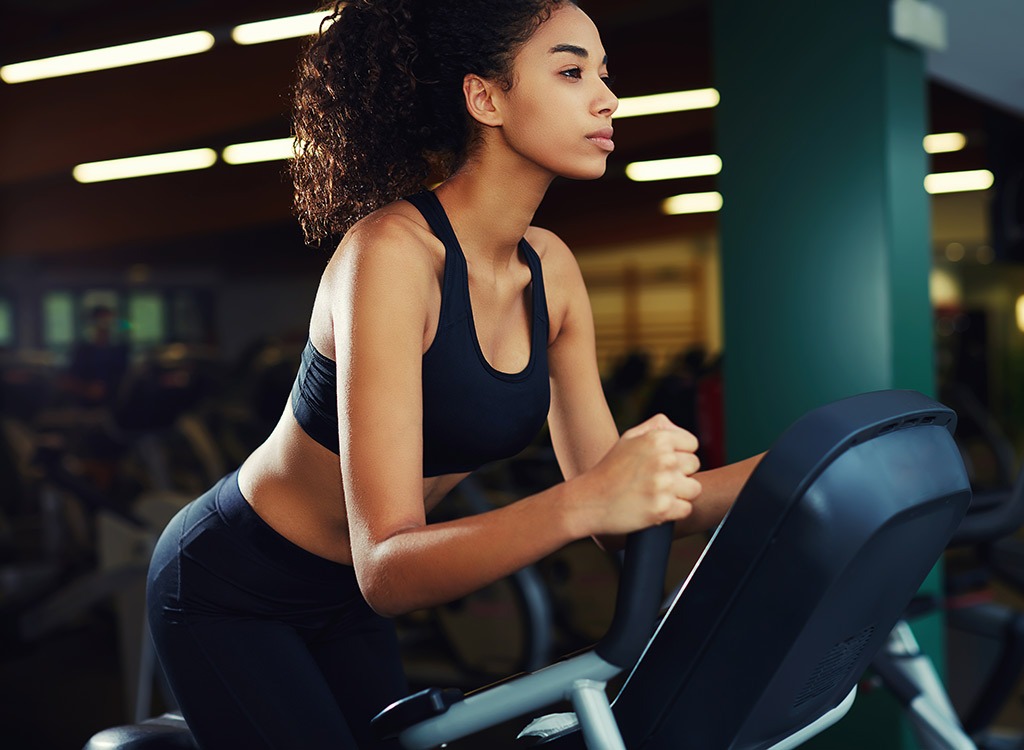
Yes, cardio boosts heart health, burns calories and, for many, can also be an effective way to zone out and relax, but not all cardio workouts are created equal. Staying on the treadmill or bike for too long, for example, can actually eat away at lean muscle mass, which, over time, slows metabolism and makes it harder to burn fat and lose weight. Endurance training also encourages the body to store food as fat to ensure you have enough reserve fuel for all these extra miles. To get more fat-burning bang for your buck, incorporate our Rapid Weight Loss Plan for Cardio Lovers twice a week. Exercisers who combine cardio with high-intensity, total-body resistance training programs (like the one we link to above) lose more than twice as much fat as those who follow a moderate-intensity cardio plan, say Skidmore College researchers. Alternatively, cut your cardio workout duration to 30 to 45 minutes and throw in some 60-second all-out sprint intervals every two or three minutes to pump up the intensity.
You’re Recovering the Wrong Way
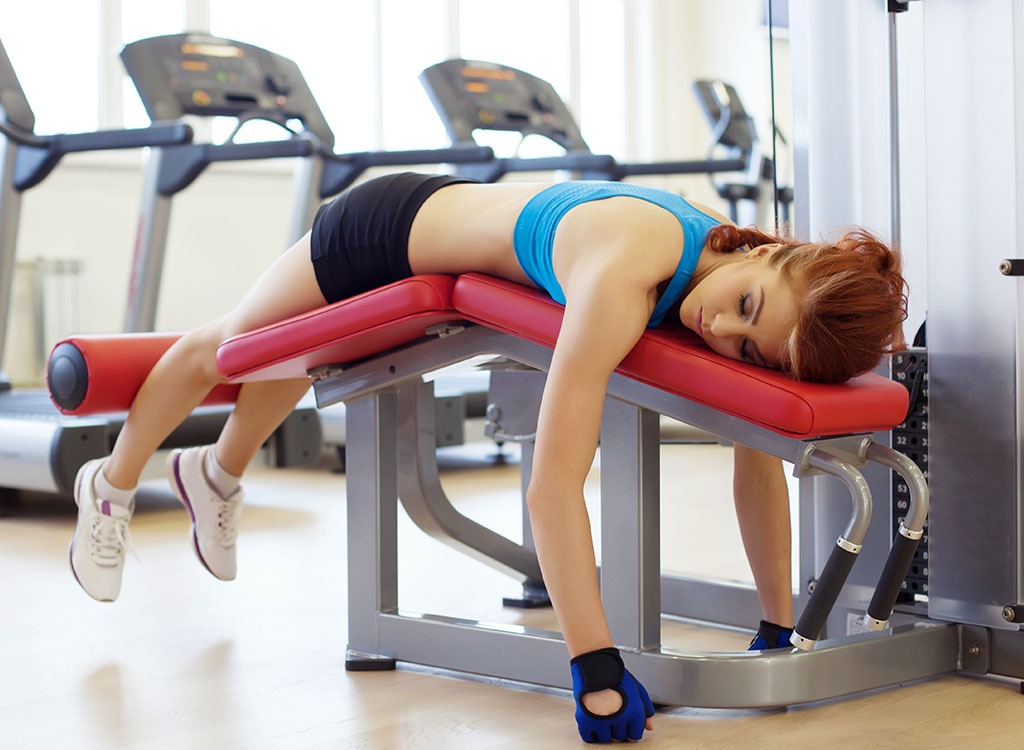
Believe it or not, recovery and rest are just as important as your workout. When you don’t give yourself enough time to relax between sweat sessions, the body starts pumping out cortisol, a stress hormone that boosts fat storage and appetite—a killer combination for anyone looking to lose weight and burn fat. This doesn’t mean you have to take two days off for every day you hit the gym, but you should vary your workouts so you aren’t hitting the same muscles on consecutive days. That means back-to-back full-body strength-training sessions are out; doing upper body one day and lower body the next is fair game, though, as is alternating lighter workouts—like yoga or a spin class—with full-body resistance training. This tactic helps your muscles recover without cutting into your workout schedule. It’s a win-win.
You Aren’t Sweating Enough
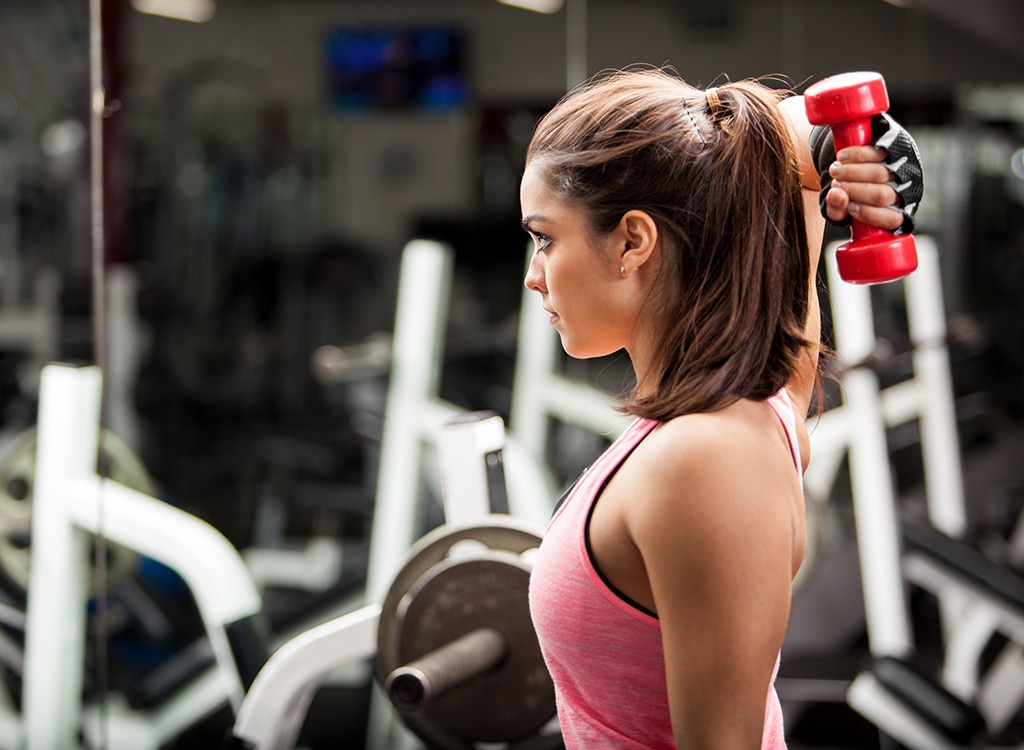
While it’s true that a bad workout is better than no workout at all, that only holds true when some—not all—of your workouts lack intensity. Deep down you know that coasting along in the back of Zumba class every week, or barely breaking a sweat in the weight room isn’t going to help you achieve that lean look you’re working towards. If you want to see change in your body, you must challenge your muscles. “Lifting heavy weights is the best way to increase your metabolism, sustain long-term muscle growth and stay lean. If you’re doing more than ten reps with ease, your weight probably isn’t heavy enough, so vary your reps and consistently increase the amount you’re lifting,” says Dustin Hassard, NCSF, Head Coach at Modern Athletics. The same holds true when you’re doing cardio—and it’s as simple as turning up the speed or the resistance. Don’t believe it? Consider this: A 150-pound person who bumps the treadmill speed from 5 MPH to 6 MPH will boost their calorie burn by 25 percent, which, over time, can add up to major weight loss.
You Never Mix Things Up

Doing the same workout for months on end and expecting to lose weight is a lot like using a cheesy pickup line to land a date—it’s just not going to work. Sure, that barre class may have helped you lose the first five pounds, but after you’ve mastered the moves, your progress is sure to stall. If you want the scale to tip in your favor, you have to vary your workouts and do exercises that you’re not particularly good at so your body stays challenged. To keep seeing results, mix up your intensity or duration every time you hit the gym, then completely switch your workout once a month. That could mean trying a boxing class if you’ve become a hardcore yogini, or simply drawing up new resistance and cardio routines every four weeks.
You Refuel With Too Much Protein
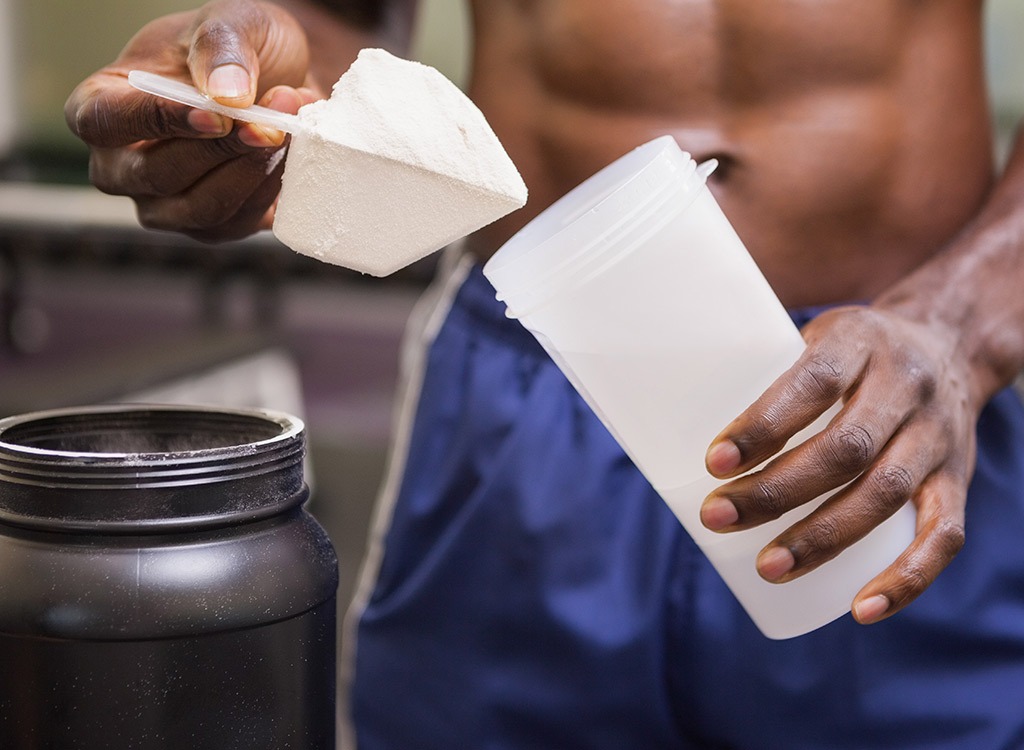
You know that consuming protein after your workout aids muscle repair and growth, so the more of it you eat, the better–right? Not so much. Researchers say that for those who weigh about 150 pounds, consuming 20 grams of protein within a half hour of leaving the gym is optimal. Lisa De Fazio, MS, RD says women who weigh a bit less may only need about 12 grams. Take in anymore than the recommended amount and the protein will likely be stored as fat, while the excess amino acids will simply be excreted, she notes. A 7-ounce Fage Total 2% Plain Yogurt fits the bill and is easy to throw in a gym bag and eat on the go. Mix it with some berries to add some flavor-enhancing, energy-replenishing carbs to your post-workout snack. Not a big fan of the creamy treat? Learn more about the Best Recovery Fuel for Every Workout here—there are plenty of other options.
You’re Not Breaking a Sweat Often Enough
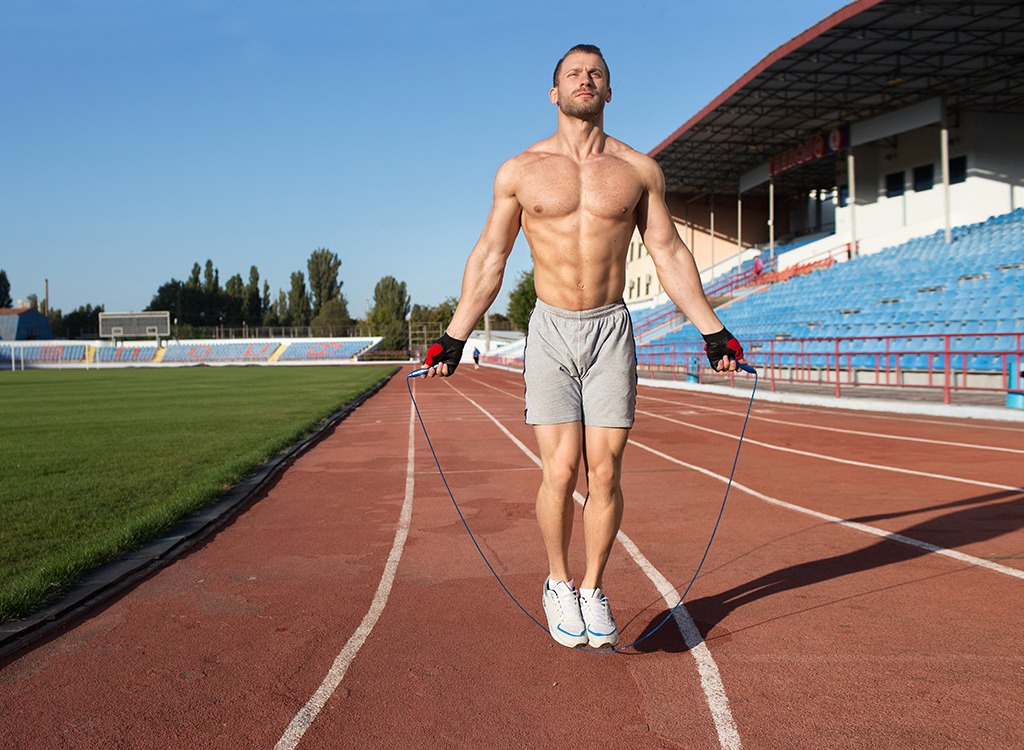
Sure, hitting the gym once or twice a week can boost heart health and even your mood, but if weight or fat loss is your goal, you’ll need to commit to a consistent workout schedule. “When I’m looking to trim down a bit, my rule is three or 30. This means three miles a day of walking, running or cycling, or 30 minutes of circuit or strength training. It doesn’t matter what it is, just get moving every day,” says Kit Rich, celebrity trainer and co-owner of SHIFT by Dana Perri. To help you stick to your workouts, sit down at the beginning of each week and pencil in your sweat sessions, then stick to them as you would any important appointment. Set realistic expectations, then reward yourself with something healthy—like a manicure or a new pair of running shoes—if you overshoot your goal.


